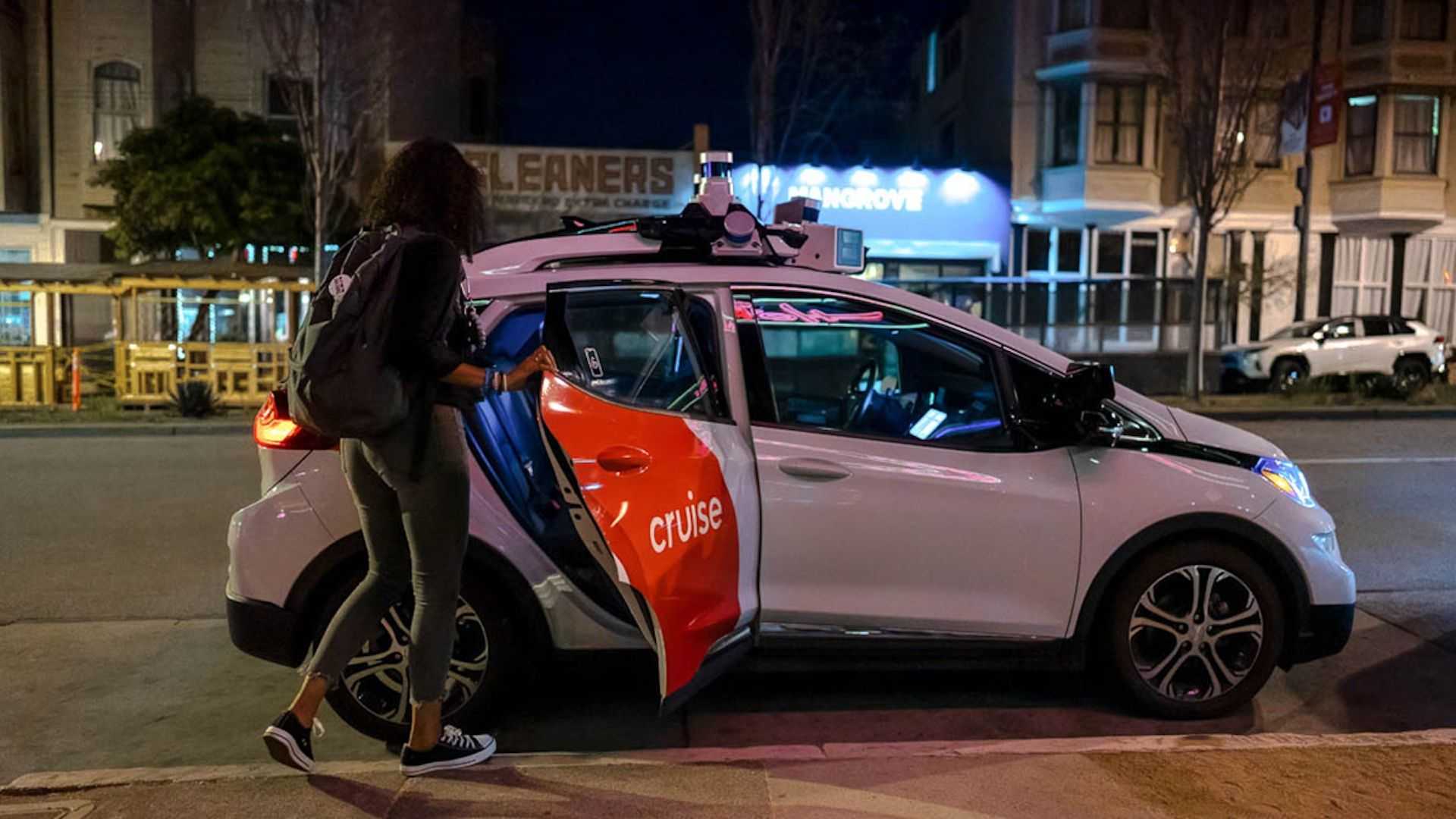
GM'S CRUISE TO RELAUNCH DRIVERLESS ROBOTAXI SERVICE ON A SMALLER SCALE
The GM unit will also cut some jobs.
Cruise, General Motors’ self-driving taxi venture, plans to relaunch its driverless cab service in a single unspecified city in the United States.
The announcement, reported by Reuters, comes after California banned the troubled business unit’s vehicles from offering rides on public roads following an accident where a pedestrian was dragged by a Cruise autonomous vehicle after being hit by a human-driven vehicle.
After the ban, GM’s self-driving taxi unit paused all supervised and manual car trips in the United States, which caused a bit of a mess internally. CEO Kyle Vogt and chief product officer Daniel Kan stepped down, and production of the Origin driverless pod (which doesn’t have a steering wheel and can carry multiple passengers) was halted.
According to Reuters, Cruise will focus on the Bolt EV-based AVs that were involved in numerous incidents in the past year, while the Origin will remain in the company’s long-term strategy.
California is unlikely to be the place where GM’s robotaxis will return, seeing how the state banned them last month. A more plausible variant would be Texas, where Cruise already has operations in Phoenix and Austin, and where regulators have been a bit more lenient on GM’s driverless cabs.
"Once we have taken steps to improve our safety culture and rebuild trust, our strategy is to re-launch in one city and prove our performance there, before expanding," the company said in a statement.
The unit told employees in an email that it would cut some jobs, “primarily in non-engineering roles,” adding that it would provide more details in mid-December, as per Reuters.
Financially, Cruise hasn’t been doing great. Although GM CEO Marry Barra once said that Cruise and its autonomous vehicle technology could generate up to $50 billion in revenue by the end of the decade, the reality is that it’s been bleeding money ever since it has been in GM’s hands.
The automaker lost more than $700 at Cruise in the third quarter of this year alone and more than $8 billion since 2016.
More Cruise Stories
2023-11-24T13:44:36Z dg43tfdfdgfd